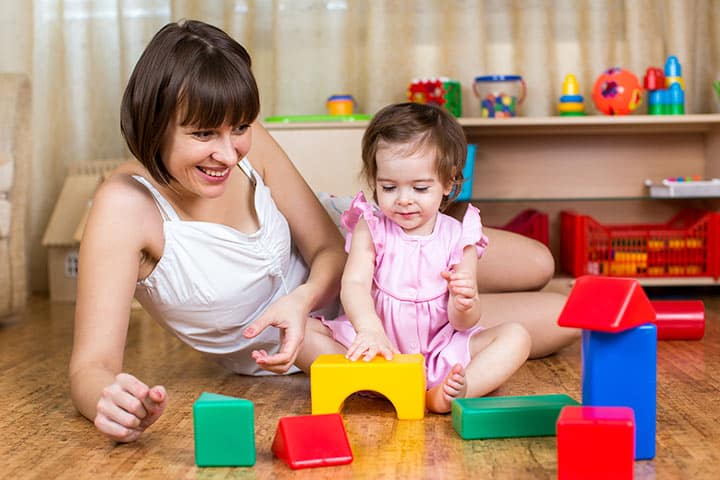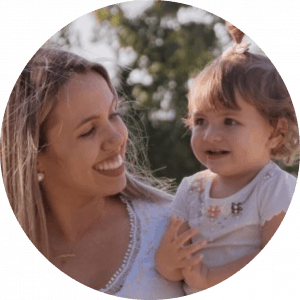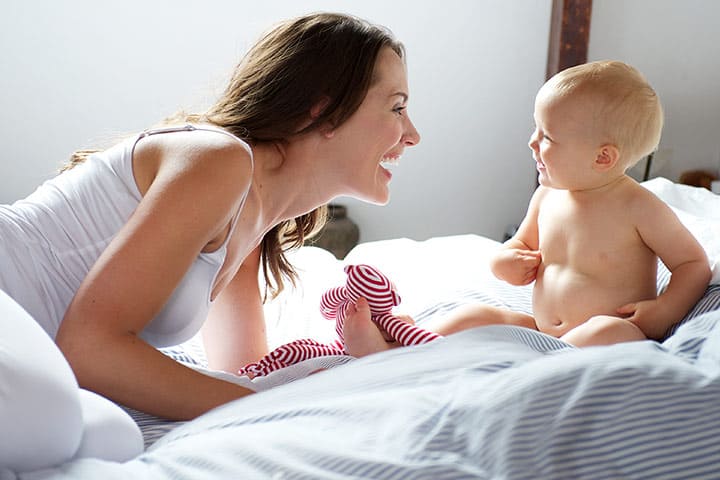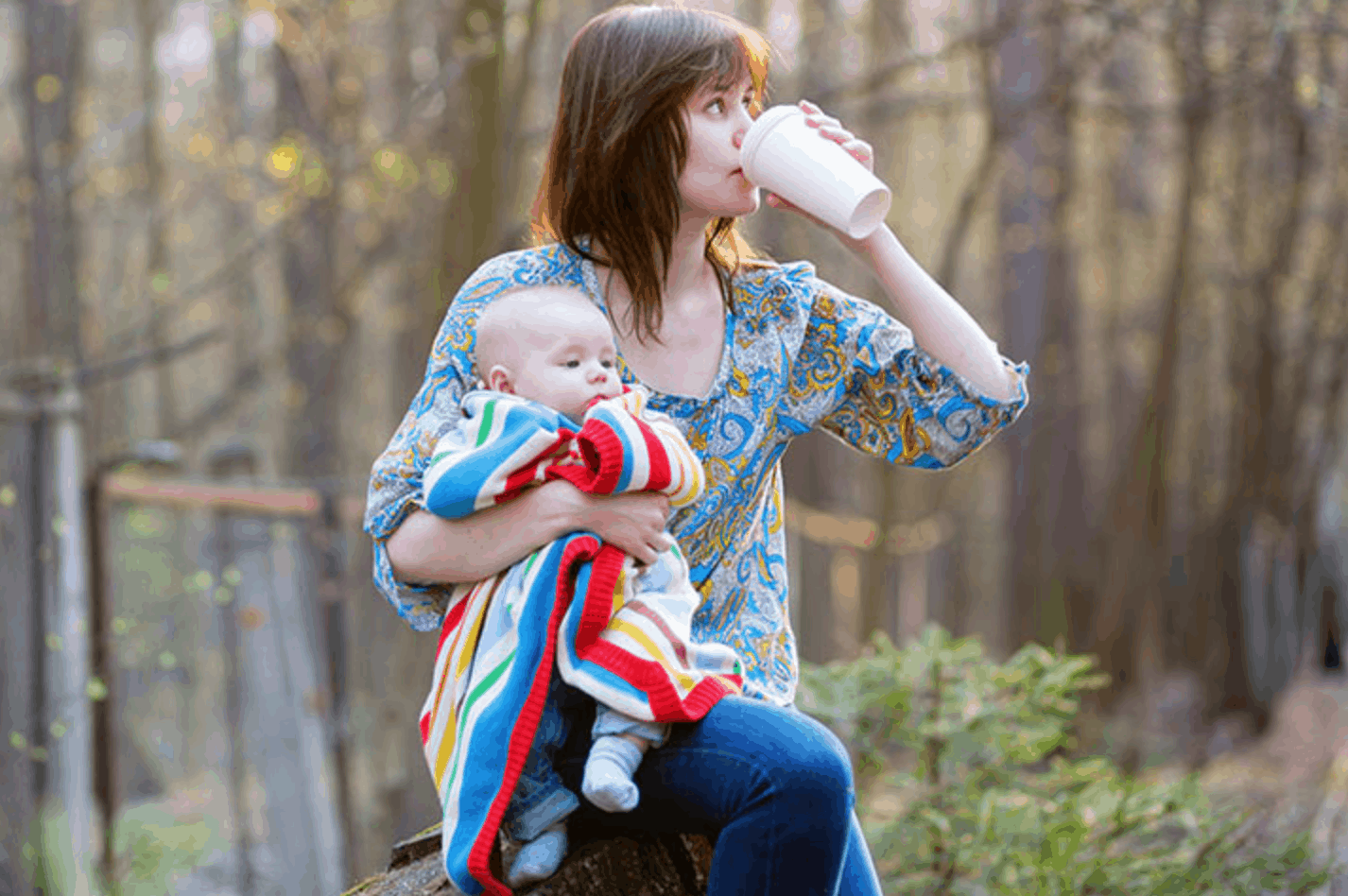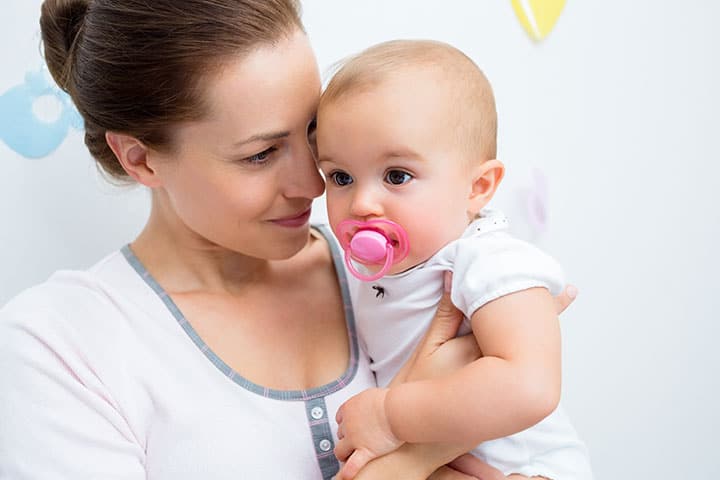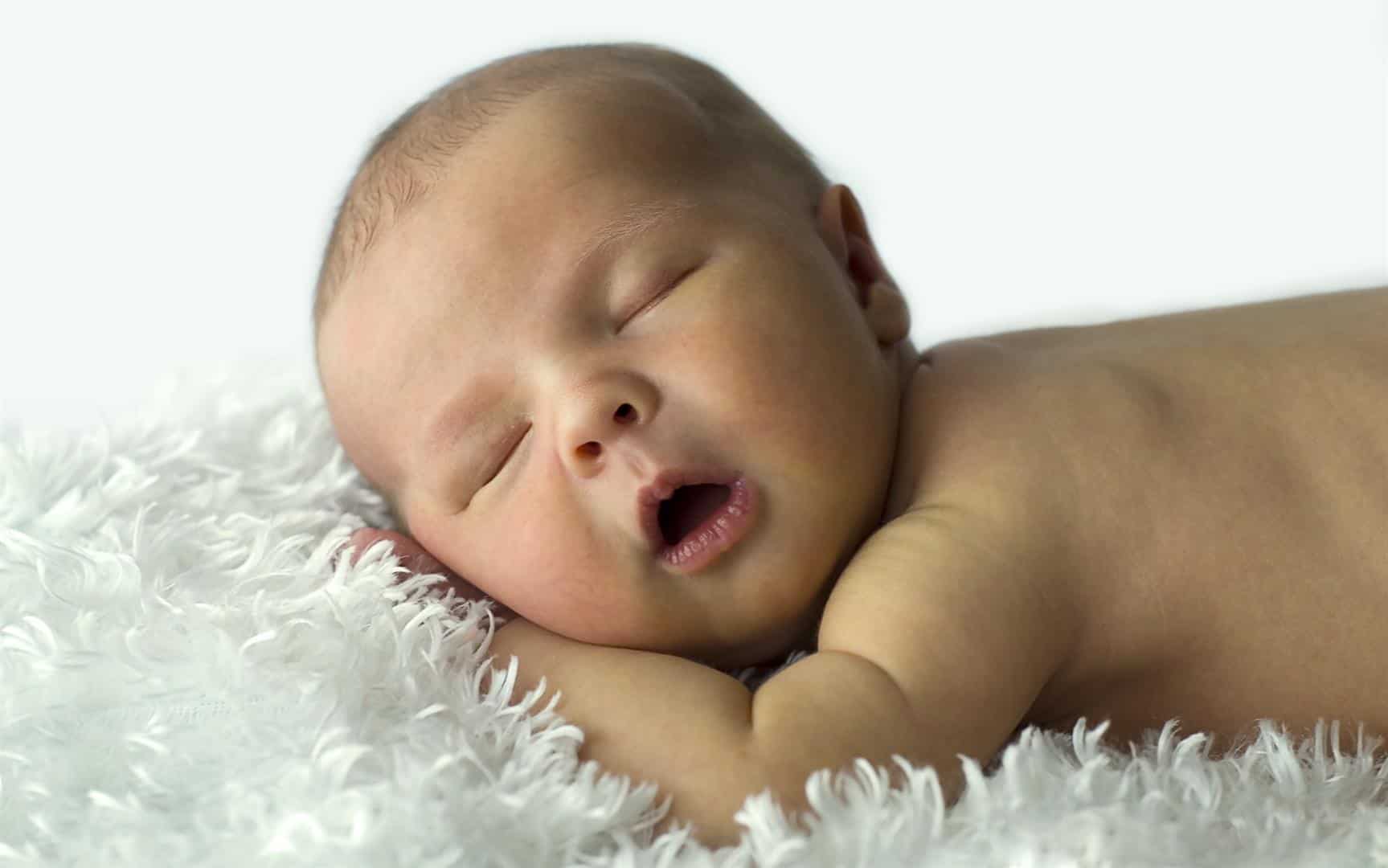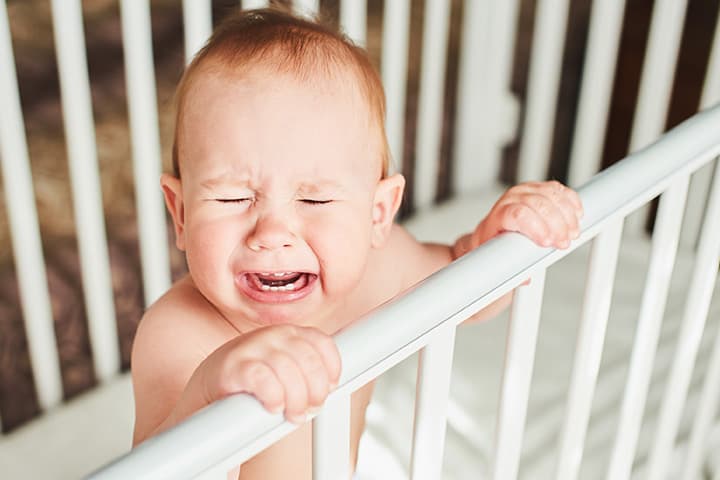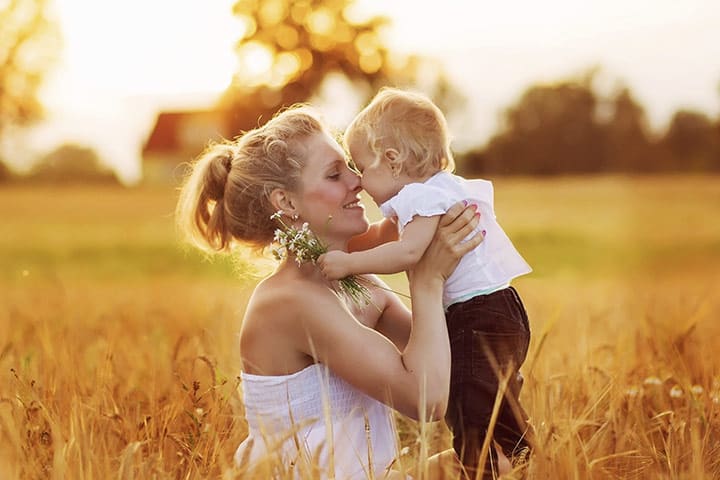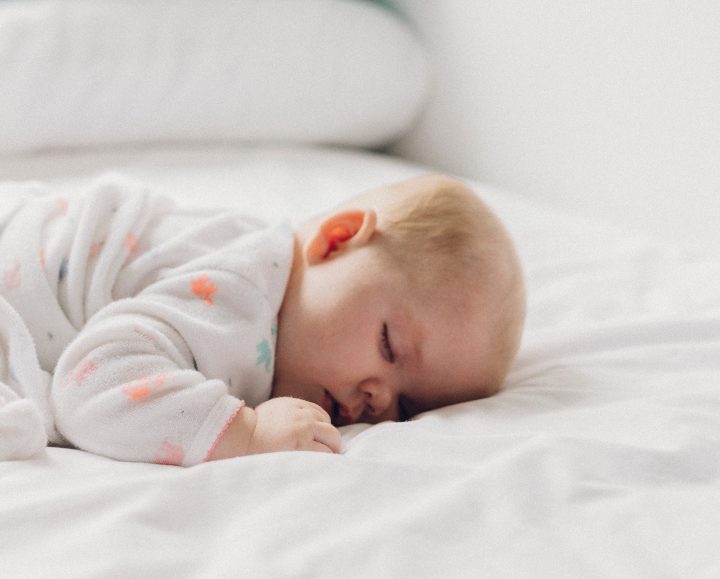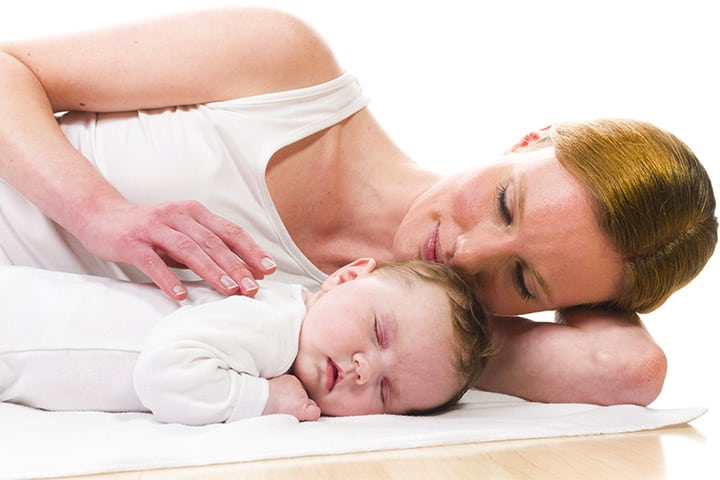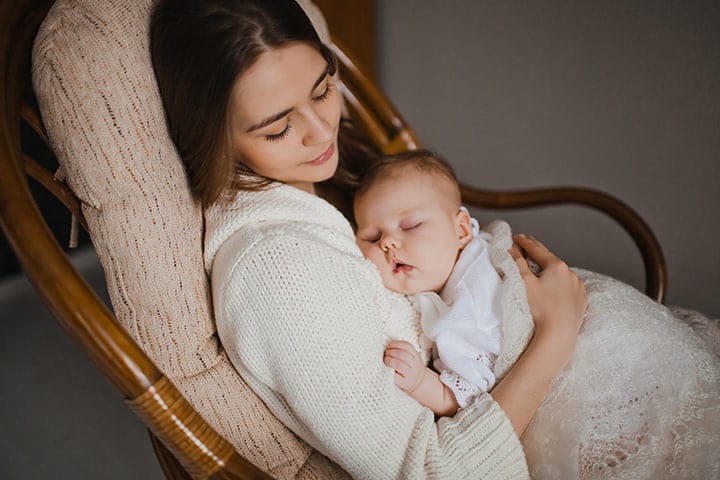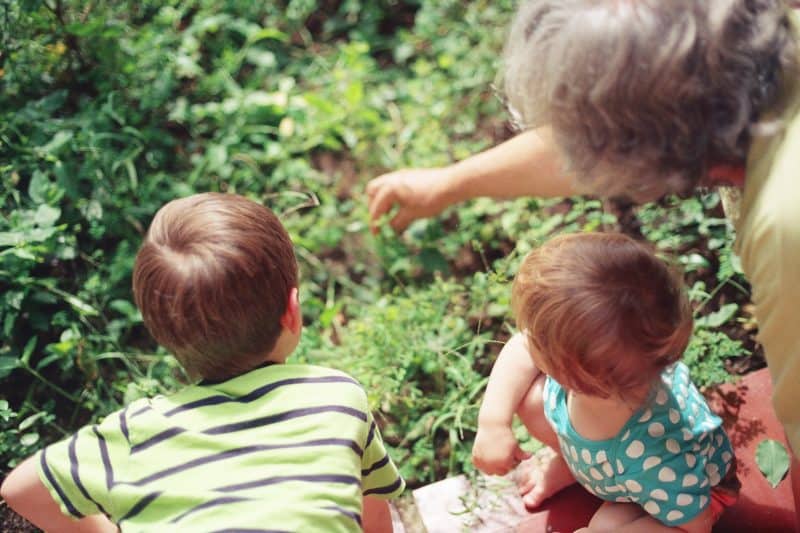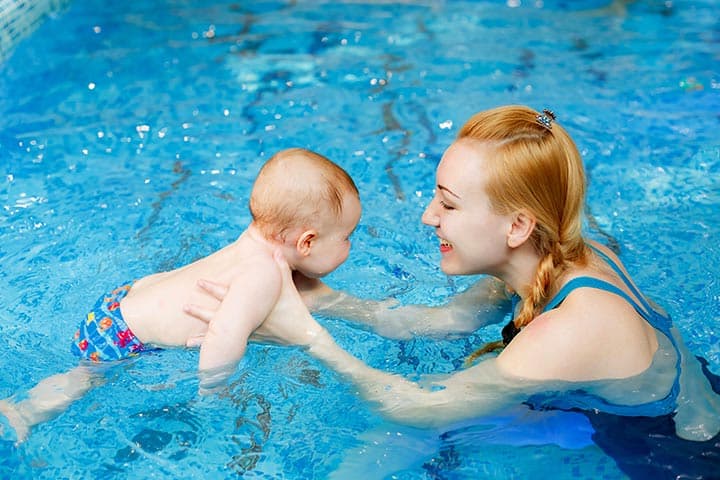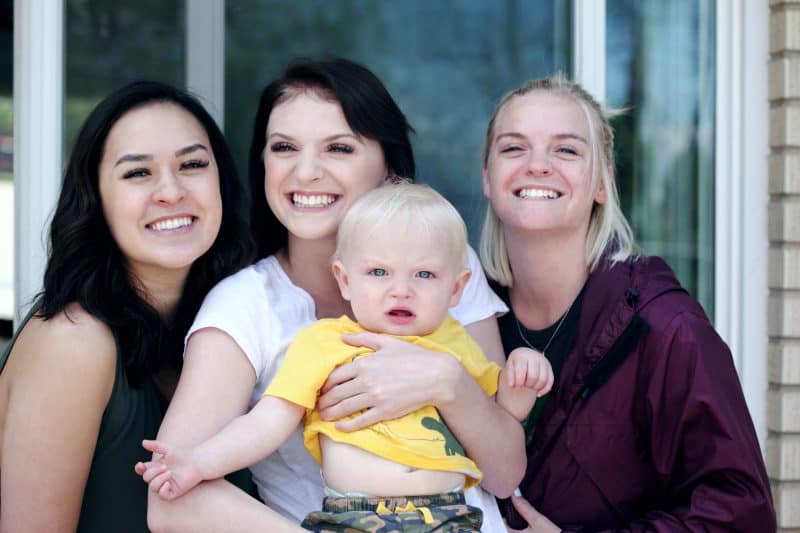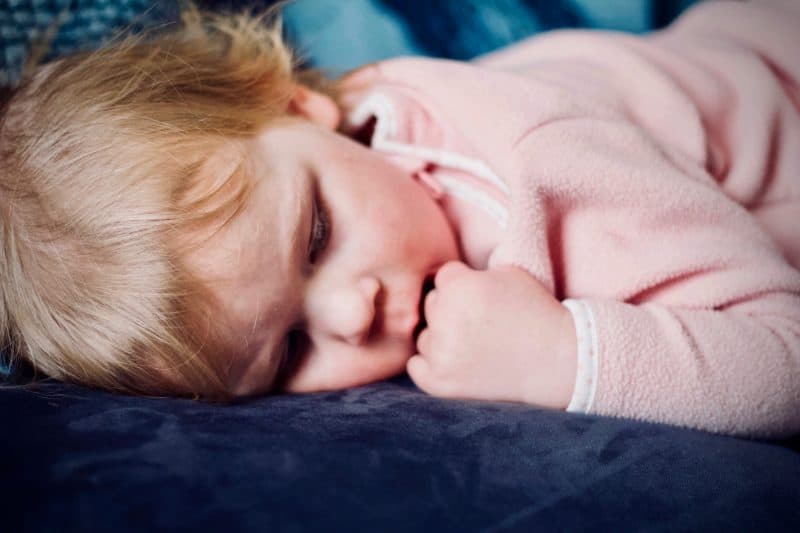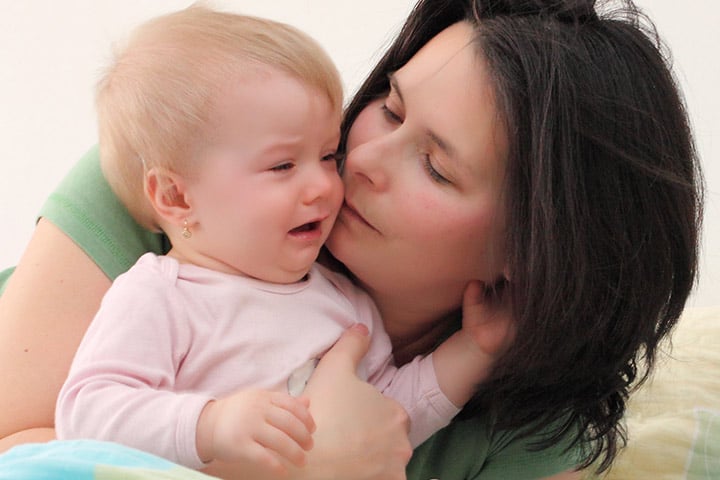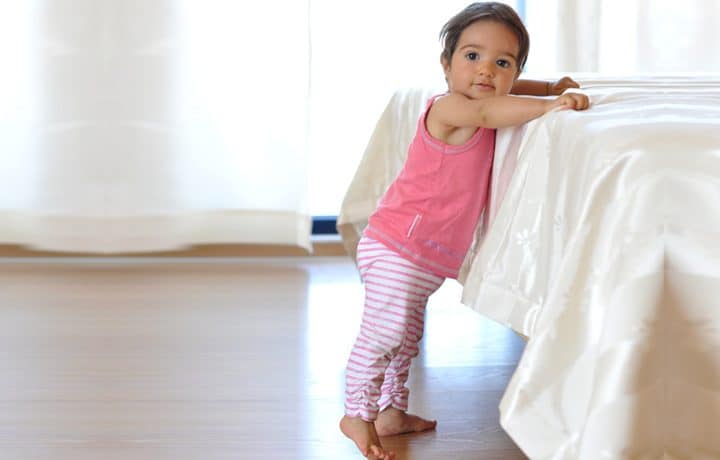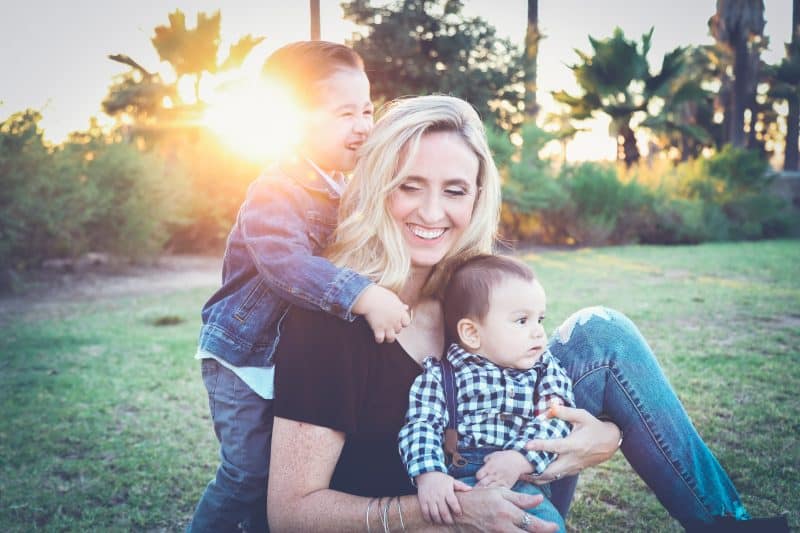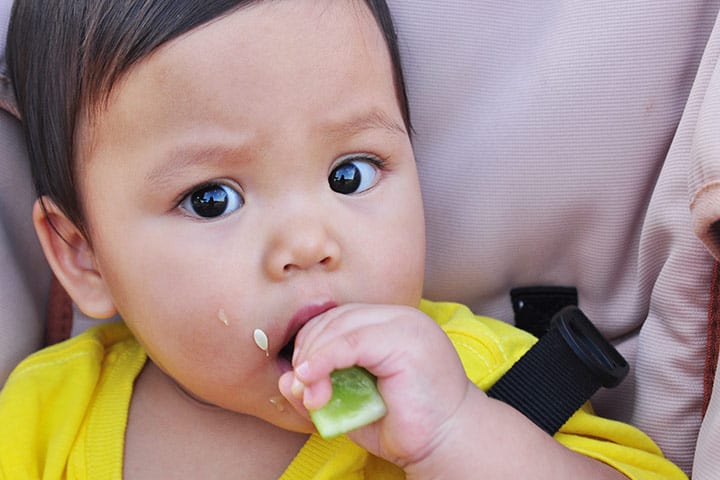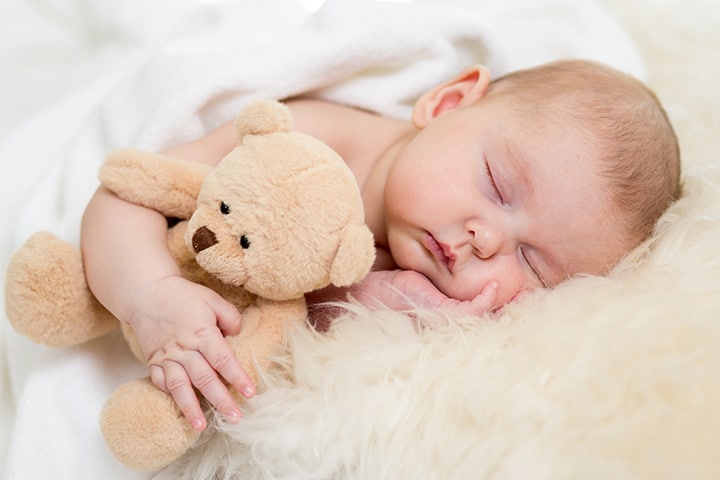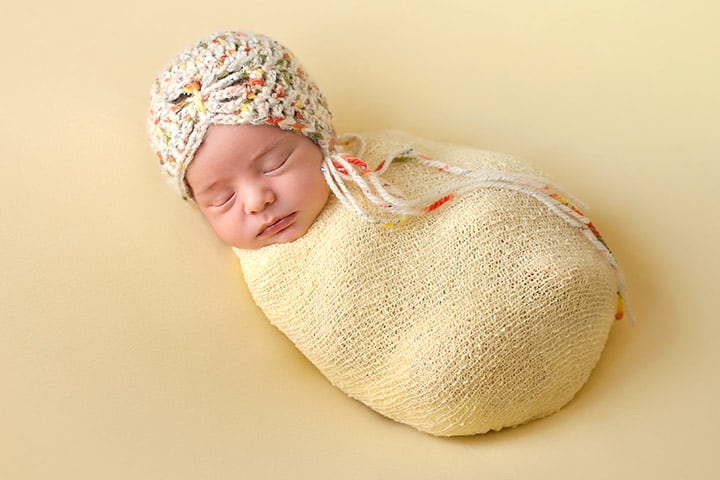Early childhood is the most important phase in a child’s life, as it forms the basis for the physical and mental development. Hence, a child’s growth is very carefully monitored by parents and physicians during this age, to judge whether the child is progressing normally.
Between the ages of 2 to 4 years, the physical development is rapid, and needs proper nourishment and care.
What Is Physical Development In Early Childhood?
Your child’s body undergoes significant physical changes during early childhood. The proportions of the body change, giving the body a more adult-like structure and movement. Here are 4 signs of physical development in early childhood:
1. Limbs:
The development of limbs in your child follows a particular pattern.
- Arms and legs grow much longer and become proportional to the trunk of the body and the head.
- The body becomes much sleeker and thinner, than in the infant stage.
2. Muscle Growth:
The muscles in your child’s body grow stronger and quicker to support better movements.
- Larger muscles, like those in the arms and legs, grow faster and stronger than the smaller muscles, such as in fingers and toes.
- The muscle development needs to be aided by proper nourishment in the growing stage.
- When children indulge in playing games the exercise helps their muscles to develop better.
3. Brain Development:
The development of the brain is important for your child to perform more complex actions.
- During the early childhood, the neural fibers in the brain, especially the frontal lobes, go through a phase of tremendous synaptic growth.
- Research has shown that the average human brain increases from 70% of its weight to 90% between the ages of 2 years to 6 years.
- This is the reason that there is a huge increased development in the motor skills of your child during this age.
4. Motor Skills:
The term motor skills refer to the ability of your child. This helps him or her to perform various tasks using limbs, eyes, and cognitive skills. These can be divided into two areas depending on the abilities required for each:
a. Gross Motor Skills:
The word gross here is used in the context of ‘large.’
- The phrase ‘gross motor skills’ refers to skills that need big body movements, sometimes using the entire body to perform a task.
- During the pre-school years, from 2 years to 5 years, your child undergoes a period of rapid development in motor skills.
- Your child learns to walk properly, run, jump and generally balance themselves while doing so.
b. Fine Motor Skills:
Fine motor skills are ones that require more precision, accuracy and concentration.
- These are slightly more complex, and this ability takes a little longer for children to develop than the ability to perform physical tasks.
- This has more to do with brain development.
- These skills allow your children to use their hands and fingers to hold and use tools like crayons, clay or building blocks.
Development Stages:
The physical development during early childhood progresses according to a specific pattern, and differs rarely if ever.
- Before the age of two years, infants learn to crawl and sit by holding their heads up by themselves.
- From 2-4 years of age, they learn to walk, run and jump, climb stairs slowly and learn to hold crayons and scribble, or play with building blocks.
- From 4-6 years they learn to write with a pencil, use stairs by themselves, and dress themselves.
- Healthy growth and proper development of children depends on a healthy lifestyle. It is very important for children to get proper nutrition and a balance diet during their growing years, for proper muscle and bone development.
Apart from food, children need a lot of exercise to strengthen their body and also stimulate their mind. Regular visits to the pediatrician to monitor the growth and development are also recommended.
Do share your ideas on physical and motor development in early childhood. If you have incorporated any special activities for the same, do let us know.

